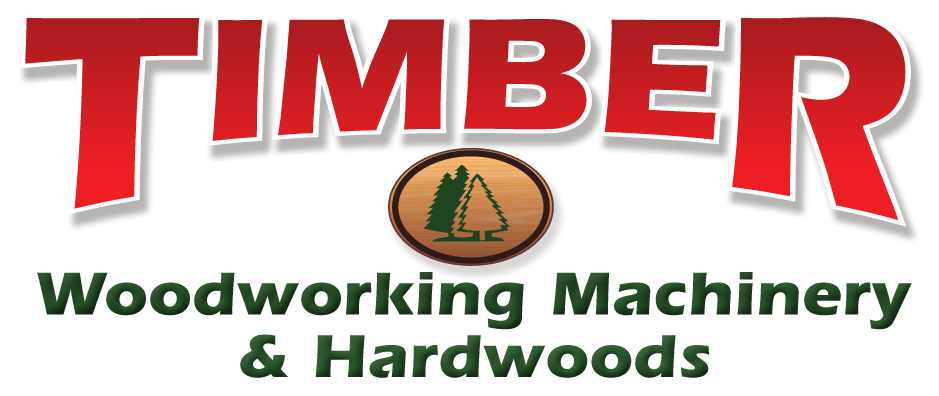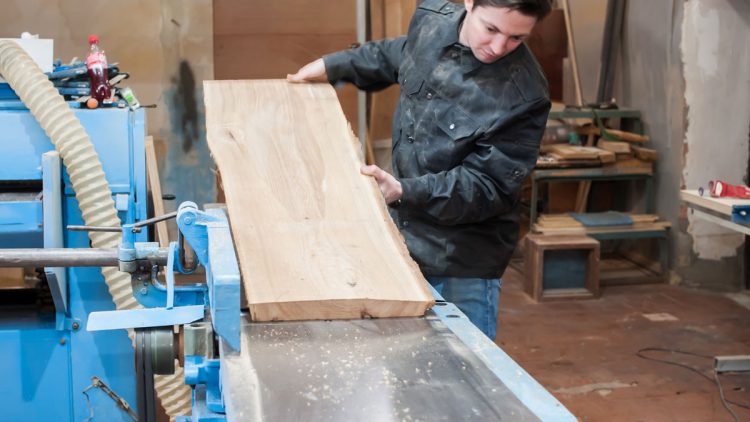Jointer vs Planer
Do you know the differences between a jointer and a planer? If not, don’t fret! You are not alone. A lot of do-it-yourselfers are uncertain of the differences between these two woodworking devices.
Each tool has its own unique pros and cons, so it can be challenging to decide which one is right for you. In this easy-to-understand post, it will explain the differences between these two devices and help you determine which one is best for your project.
What is a Jointer?
A jointer is a woodworking device that operates similar to a hand plane to smooth the surface of wooden boards. There are various primary distinctions between a jointer and a hand plane. A hand plane is a manual tool operated excluding electricity, whereas a jointer is an electrical tool.
Jointers have outfeed and infeed tables with a spinning blade fixed between them. Wooden boards are passed over the rotating blade for removing small amounts of wood, while a plane is passed over a wooden board.
Using a hand plane to smooth a board necessitates skill and takes time, whereas using a jointer is fast, easy, and practically effortless.
Jointers can also be utilized for undertakings other than squaring edges, chamfering rabbeting, and beveling.
Jointer Pros and Cons
Jointers, just like with anything else, comes with their pros and cons.
Pros
- Fast and easily flattens material and squares edges
- Needs less time and effort than using a manual hand plane
- Rights common wood defects like warped, bowed, cupped, or twisted wooden boards
- Its fence can be adjusted for creating square edges, chamfers, or bevels
Cons
- Lacks the capability to control the finished thickness of a wooden board
- Lacking the ability to guarantee that the 2nd face or edge is parallel to the 1st
- Demands additional tools such as a planer and table saw for adjusting the thickness of a board and square the 2nd edge
What is a Planer?
A thickness planer, also referred to as a surfacer or simply a planer, is a woodworking device utilized to smooth and decrease boards to a uniform thickness across their length. Basically, the planer makes thicker boards thinner.
A wood planer operates like a manual plane for smoothing the surface of wooden boards, however, there are a few primary variations between them. Planes are manual devices operated without electricity, whereas a planer is an electrical device.
Planers have a flatbed with cutter head attached above. Rollers feed the work piece over the bed and underneath the cutter head, which extracts a layer of wood as it moves through the device.
Planers come with settings that can be used to guarantee a uniform thickness along the length of a wooden board. Whereas getting a uniform thickness with a manual plane is not impossible, it necessitates a considerable amount of time, labor, and skill.
Planer Pros and Cons
Planers, just like jointers, comes with their pros and cons.
Pros
- Smooths and takes away defects from the surface of wooden boards
- Makes a wooden board’s 2nd face parallel to the opposing face
- Decreases wooden boards to uniform thickness
Cons
- Unable to correct defects such as warped, bowed, cupped, or twisted wooden boards
- Unable square the edges of wood
Final Thoughts
A jointer is good for flattening out wooden boards and squaring their adjoining edges, whereas a planer is perfect for thickening of boards. If you are just starting to be a woodworker, it is suggested to begin with a planer since it’s more adaptable than a jointer.
Woodworking Supplies Mesa by Timber Woodworking
Timber Woodworking offers hardwoods in Mesa, Arizona. We specialize in woodworking tools, equipment, and supplies for commercial woodworking cabinet shops or furniture manufacturers as well as the home shop hobbyist. Contact us today, or call if you should have any questions.

